Role Priest Name Louis Hennepin | ||
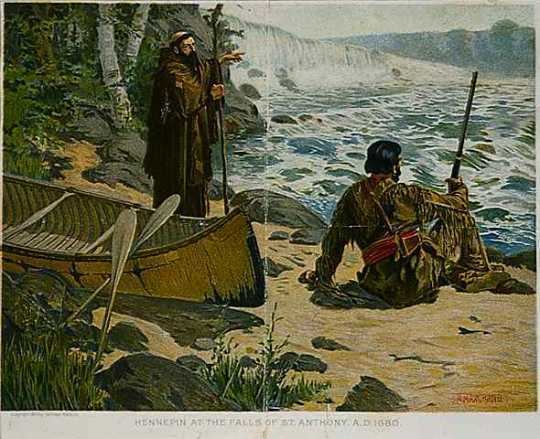 | ||
Full Name Antoine Hennepin Books A new discovery of a vast country in America | ||
Organization Franciscan Recollets | ||
Niagara falls history tour the story of father louis hennepin
Father Louis Hennepin, O.F.M. baptized Antoine, (12 May 1626 – 5 December 1704) was a Roman Catholic priest and missionary of the Franciscan Recollet order (French: Récollets) and an explorer of the interior of North America.
Contents
- Niagara falls history tour the story of father louis hennepin
- Biography
- Legacy
- Books by Hennepin
- References
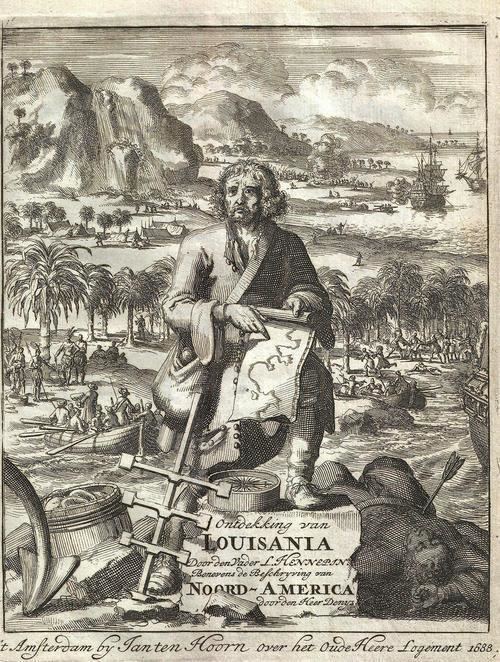
Biography
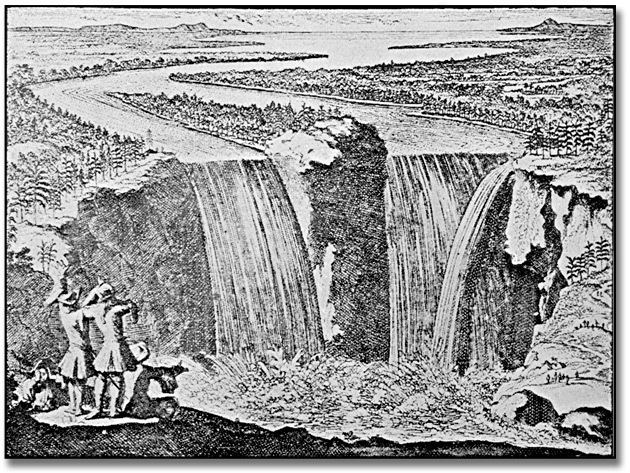
Antoine Hennepin was born in Ath in the Spanish Netherlands (present-day Hainaut, Belgium). In 1659, Béthune, the town where he lived, was captured by the army of Louis XIV of France. Henri Joulet, who accompanied Hennepin and wrote his own journal of their travels, called Hennepin a Fleming (i.e. a native of Flanders).
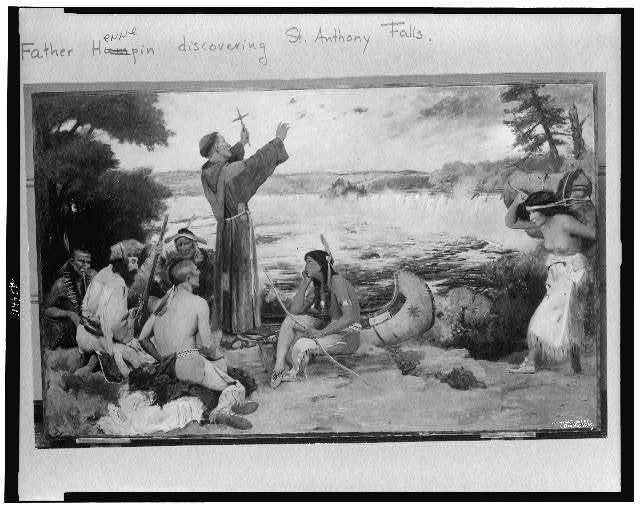
At the request of Louis XIV the Récollets sent four missionaries to New France in May 1675, including Hennepin, accompanied by René Robert Cavelier, Sieur de la Salle. In 1678, Hennepin was ordered by his provincial superior to accompany La Salle on an expedition to explore the western part of New France. Hennepin was 39 when he departed in 1679 with La Salle from Quebec City to construct the 45-ton barque Le Griffon, sail through the Great Lakes, and explore the unknown West.
Hennepin was with La Salle at the construction of Fort Crevecoeur (near present-day Peoria, Illinois) in January 1680. In February, La Salle sent Hennepin and two others as an advance party to search for the Mississippi River. The party followed the Illinois River to its junction with the Mississippi. Shortly thereafter, Hennepin was captured by a Sioux war party and carried off for a time into what is now the state of Minnesota.
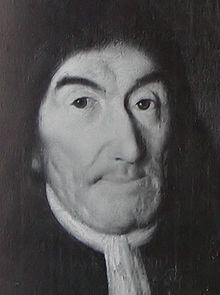
In September 1680, thanks to Daniel Greysolon, Sieur Du Lhut, Hennepin and the others were given canoes and allowed to leave, eventually returning to Quebec. Hennepin returned to France and was never allowed by his order to return to North America. Local historians credit the Franciscan Récollet friar as the first European to step ashore at the site of present-day Hannibal, Missouri.
Two great waterfalls were brought to the world's attention by Hennepin: Niagara Falls, with the most voluminous flow of any in North America, and the Saint Anthony Falls in what is now Minneapolis, the only waterfall on the Mississippi River. In 1683, he published a book about Niagara Falls called A New Discovery. The Regionalist painter Thomas Hart Benton created a mural, "Father Hennepin at Niagara Falls" for the New York Power Authority at Lewiston, New York.
Legacy
Places named after Hennepin are found in the United States and Canada:
Illinois:
Michigan:
Minnesota:
New York:
Niagara Falls, Ontario:
Books by Hennepin
Hennepin authored:
The truth of much of Hennepin's accounts has been called into question — or flatly denied — notably by American historian Francis Parkman.
Hennepin has been denounced by many historians and historical critics as an arrant falsifier. Certain writers have sought to repel this charge by claiming that the erroneous statements are in fact interpolations by other persons. The weight of the evidence is however adverse to such a theory.
